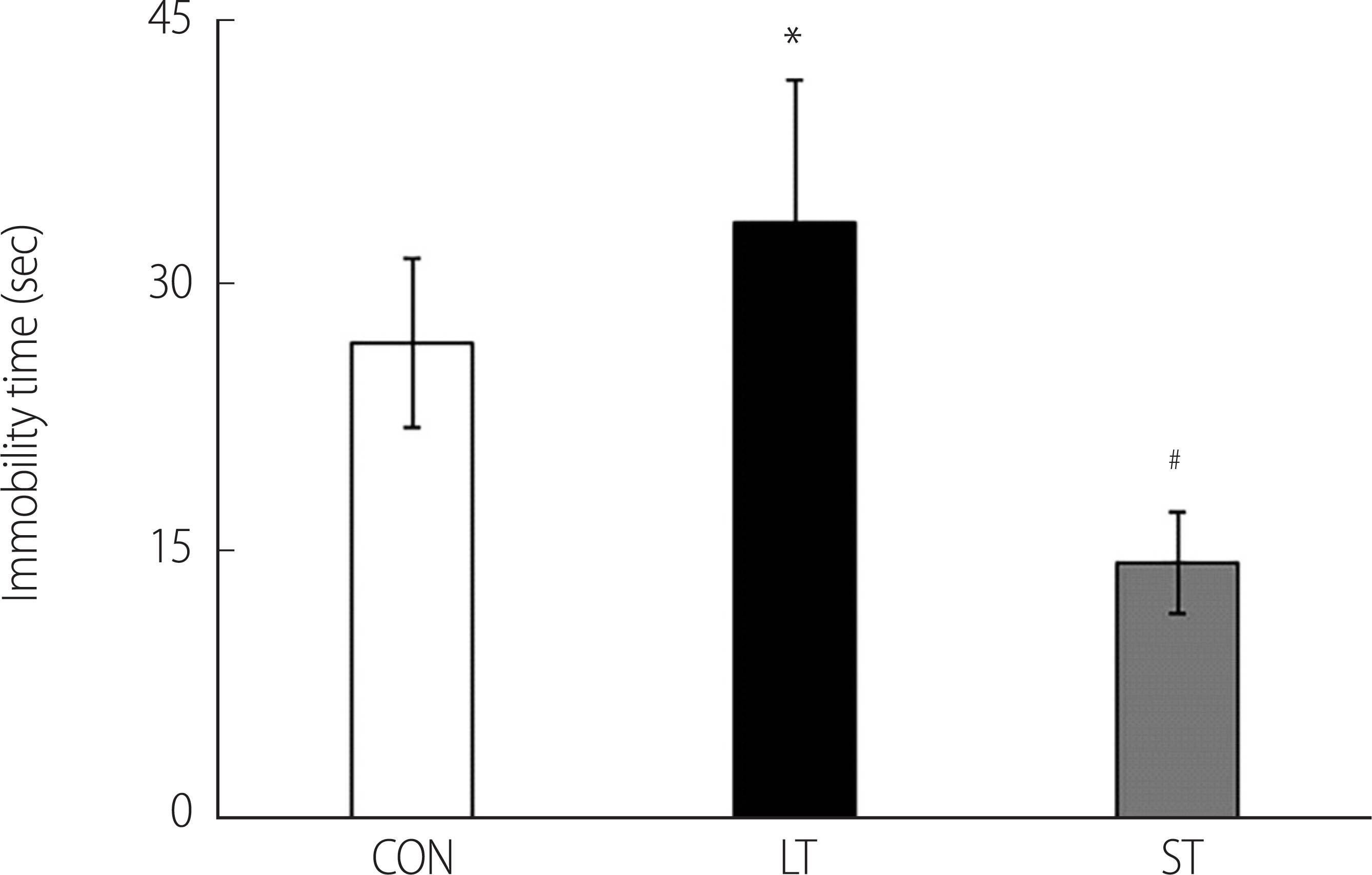1. Lim HO. Survey on safety of energy drink. Trend report 2013;Seoul: Korea Consumer Agency.
5. Lunt MJ, Ragab S, Birch AA, Schley D, Jenkinson DF. Comparison of caffeine-induced changes in cerebral blood flow and middle cerebral artery blood velocity shows that caffeine reduces middle cerebral artery diameter. Physiological Measurement. 2004;25(2):467-474.
http://doi.org/10.1088/0967-3334/25/2/006


8. Buchanan JK. Energy drink consumption (with and without alcohol) and its relationship to risky behavior, risk awareness, and behavioral intention in college students [Dissertation]. 2012. Kentucky: University of Kentucky; 37-55.
13. Park JH, Hahm MI, Kim SJ, Min IS. Association between high-caffeine energy drink intake and suicidal ideation in Korean adolescents. Journal of the Korean Society of School Health. 2016;29(2):71-80.
http://doi.org/10.15434/kssh.2016.29.2.71

14. Skewes MC, Decou CR, Gonzalez VM. Energy drink use, problem drinking and drinking motives in a diverse sample of Alaskan college students. International Journal of Circumpolar Health. 2013;72(1):1-6.
http://doi.org/10.3402/ijch.v72i0.21204

15. Mattson ME. Update on emergency department visits involving energy drinks: a continuing public health concern [Internet] 2013 Rockville (MD): Substance Abuse and Mental Health Services Administration (US); [cited 2020 Apr 24]. Available from:
https://www.ncbi.nlm.nih.gov/books/NBK384664/ PMID: 27606410
17. Seibenhener ML, Wooten MC. Use of the open field maze to measure locomotor and anxiety-like behavior in mice. Journal of Visualized Experiments. 2015;(96):e52434.
http://doi.org/10.3791/52434


18. Slattery DA, Cryan JF. Using the rat forced swim test to assess antidepressant-like activity in rodents. Nature Protocols. 2012;7(6):1009-1014.
http://doi.org/10.1038/nprot.2012.044


19. McConnell EL, Basit AW, Murdan S. Measurements of rat and mouse gastrointestinal pH, fluid and lymphoid tissue, and implications for in vivo experiments. The Journal of Pharmacy and Pharmacology. 2008;60(1):63-70.
http://doi.org/10.1211/jpp.60.1.0008


22. Malik VS, Schulze MB, Hu FB. Intake of sugar-sweetened beverages and weight gain: a systematic review. The American Journal of Clinical Nutrition. 2006;84(2):274-288.
http://doi.org/10.1093/ajcn/84.1.274


23. Park JM, Kim Y, Kim H, Kim YJ. Influence of short-and long-term high-dose caffeine administration on behavior in an animal model of adolescence. Journal of Korean Biological Nursing Science. 2019;21(3):217-223.
http://doi.org/10.7586/jkbns.2019.21.3.217

25. Rush E, Schulz S, Obolonkin V, Simmons D, Plank L. Are energy drinks contributing to the obesity epidemic? Asia Pacific Journal of Clinical Nutrition. 2006;15(2):242-244.

26. Lara B, Gonzalez-Mill├Īn C, Salinero JJ, Abian-Vicen J, Areces F, Barbero-Alvare JC, et al. Caffeine-containing energy drink improves physical performance in female soccer players. Amino Acids. 2014;46(5):1385-1392.
http://doi.org/10.1007/s00726-014-1709-z


27. Wesnes KA, Barrett ML, Udani JK. An evaluation of the cognitive and mood effects of an energy shot over a 6 h period in volunteers. A randomized, double-blind, placebo controlled, cross-over study. Appetite. 2013;67:105-113.
http://doi.org/10.1016/j.appet.2013.04.005


28. Salinero JJ, Lara B, Abian-Vicen J, Gonzalez-Mill├Īn C, Areces F, Gallo-Salazar C, et al. The use of energy drinks in sport: perceived ergogenicity and side effects in male and female athletes. British Journal of Nutrition. 2014;112(9):1494-1502.
http://doi.org/10.1017/S0007114514002189


29. Champlin SE, Pasch KE, Perry CL. Is the consumption of energy drinks associated with academic achievement among college students? Journal of Primary Prevention. 2016;37(4):345-359.
http://doi.org/10.1007/s10935-016-0437-4


30. Bawazir AE. Effects of Energy Drink (Red bull) on some neurotransmitters content and histological structure in the hippocampus region in male albino rats. International Journal of Pharmaceutical Research & Allied Sciences. 2017;6(2):263-276.
31. Beilharz JE, Maniam J, Morris MJ. Short-term exposure to a diet high in fat and sugar, or liquid sugar, selectively impairs hippocampal-dependent memory, with differential impacts on inflammation. Behavioural Brain Research. 2016;306:1-7.
http://doi.org/10.1016/j.bbr.2016.03.018


32. Jacques A, Chaaya N, Beecher K, Ali SA, Belmer A, Bartlett S. The impact of sugar consumption on stress driven, emotional and addictive behaviors. Neuroscience & Biobehavioral Reviews. 2019;103:178-199.
http://doi.org/10.1016/j.neubiorev.2019.05.021









 PDF Links
PDF Links PubReader
PubReader Full text via DOI
Full text via DOI Download Citation
Download Citation Print
Print



